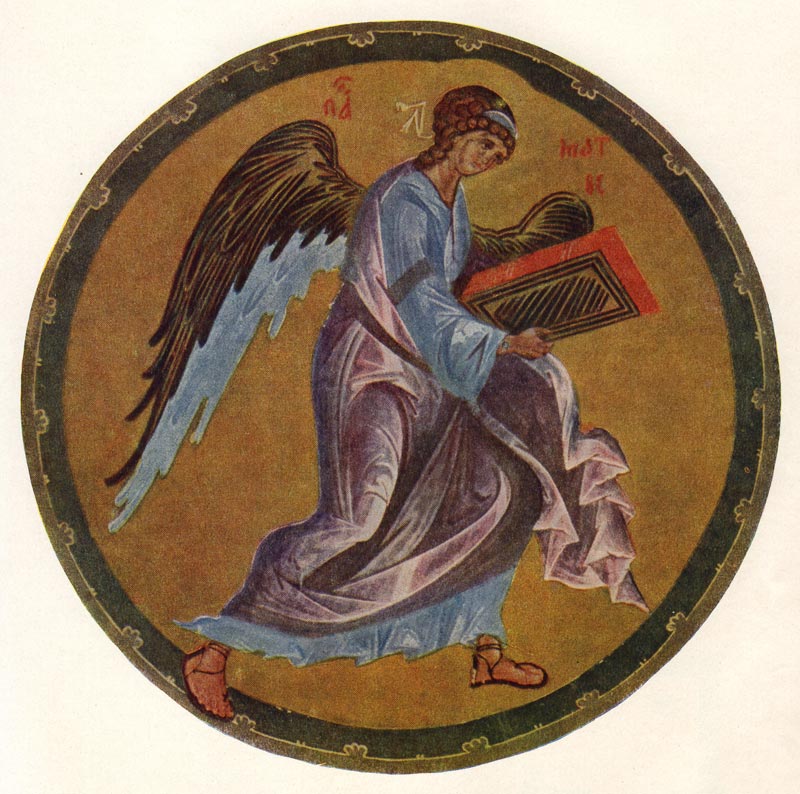Memory of the World Register – Europe and North America on:
[Wikipedia]
[Google]
[Amazon]






 The International Register of the UNESCO Memory of the World-Programme includes inscriptions from
The International Register of the UNESCO Memory of the World-Programme includes inscriptions from
UNESCO Memory of the World Programme official website
UNESCO Memory of the World International Register – Europe and North America
{{DEFAULTSORT:Memory of the World Register - Europe and North America





 The International Register of the UNESCO Memory of the World-Programme includes inscriptions from
The International Register of the UNESCO Memory of the World-Programme includes inscriptions from Europe
Europe is a large peninsula conventionally considered a continent in its own right because of its great physical size and the weight of its history and traditions. Europe is also considered a Continent#Subcontinents, subcontinent of Eurasia ...
and North America
North America is a continent in the Northern Hemisphere and almost entirely within the Western Hemisphere. It is bordered to the north by the Arctic Ocean, to the east by the Atlantic Ocean, to the southeast by South America and the Car ...
. , the region has 274 (or 52%) inscriptions of the 432 total inscriptions included in the Register.
The first inscriptions on the UNESCO Memory of the World Register were made in 1997. By creating a compendium of the world's documentary heritage – such as manuscript
A manuscript (abbreviated MS for singular and MSS for plural) was, traditionally, any document written by hand – or, once practical typewriters became available, typewritten – as opposed to mechanically printing, printed or repr ...
s, oral tradition
Oral tradition, or oral lore, is a form of human communication wherein knowledge, art, ideas and cultural material is received, preserved, and transmitted orally from one generation to another. Vansina, Jan: ''Oral Tradition as History'' (1985 ...
s, audio-visual materials, and library and archive holdings – the program aims to tap on its networks of experts to exchange information and raise resources for the preservation, digitization
DigitizationTech Target. (2011, April). Definition: digitization. ''WhatIs.com''. Retrieved December 15, 2021, from https://whatis.techtarget.com/definition/digitization is the process of converting information into a Digital data, digital (i ...
, and dissemination of documentary materials. Among the various properties in the Register include recordings of folk music
Folk music is a music genre that includes traditional folk music and the contemporary genre that evolved from the former during the 20th-century folk revival. Some types of folk music may be called world music. Traditional folk music has b ...
; ancient language
An ancient language is any language originating in times that may be referred to as ancient. There are no formal criteria for deeming a language ancient, but a traditional convention is to demarcate as "ancient" those languages that existed prior t ...
s and phonetics
Phonetics is a branch of linguistics that studies how humans produce and perceive sounds, or in the case of sign languages, the equivalent aspects of sign. Linguists who specialize in studying the physical properties of speech are phoneticians. ...
; aged remnants of religious and secular manuscripts; collective lifetime works of renowned giants of literature; science and music; copies of landmark motion pictures and short films; and accounts documenting changes in the world's political, economic, and social stage.
Number of inscriptions by country
, the region has 274 (or 52%) inscriptions of the 432 total inscriptions included in the Register.Inscriptions by country/territory
See also
*UK Memory of the World Register The UK Memory of the World Register is part of the Memory of the World Programme.
The UK Register recognises documentary heritage of outstanding importance to the UK. Any documentary heritage can be nominated in a biennial application process. The ...
Notes
A. Names and spellings provided are based on the official list released by the Memory of the World Programme.References
External links
UNESCO Memory of the World Programme official website
UNESCO Memory of the World International Register – Europe and North America
{{DEFAULTSORT:Memory of the World Register - Europe and North America